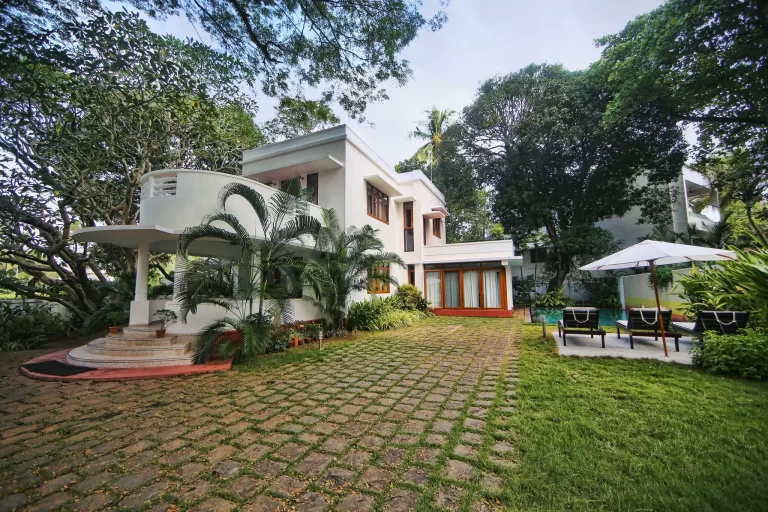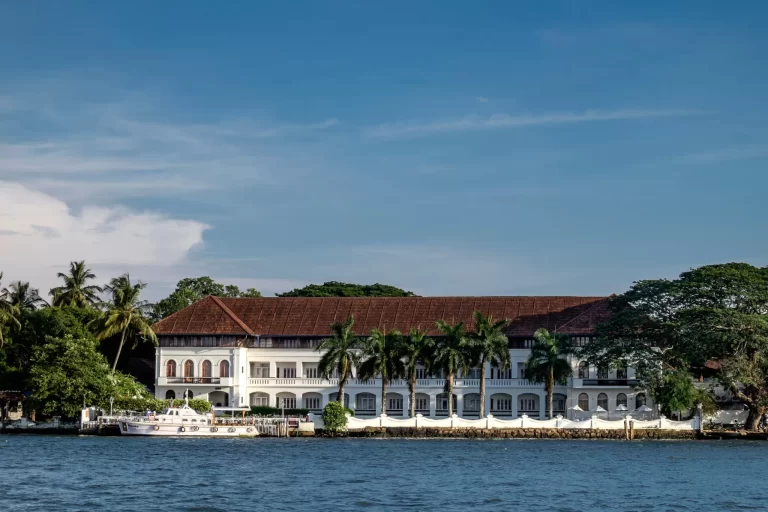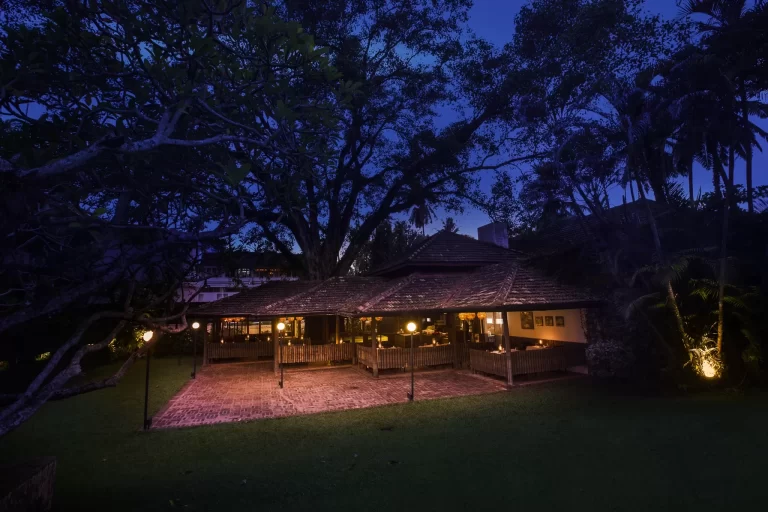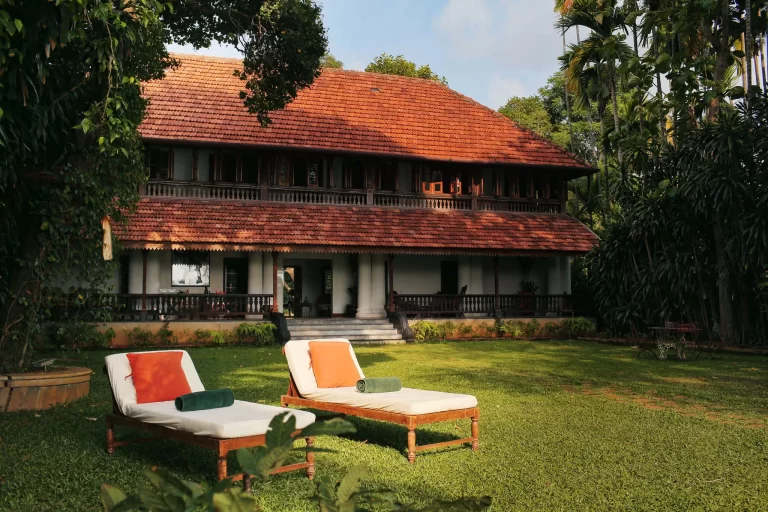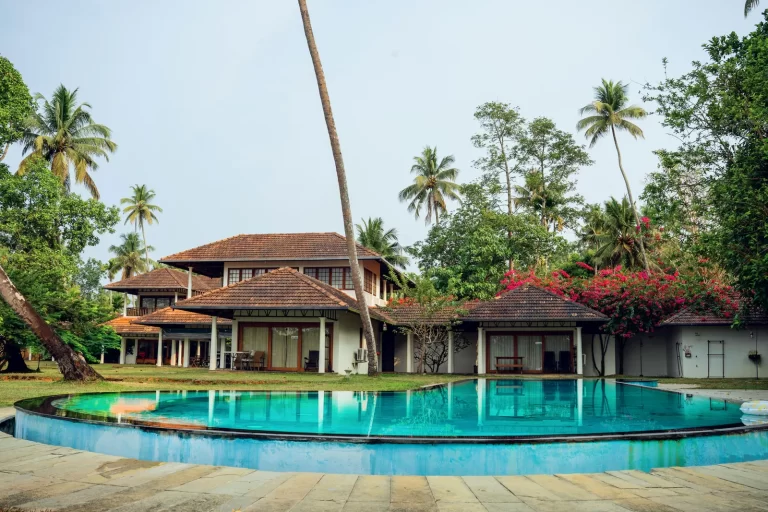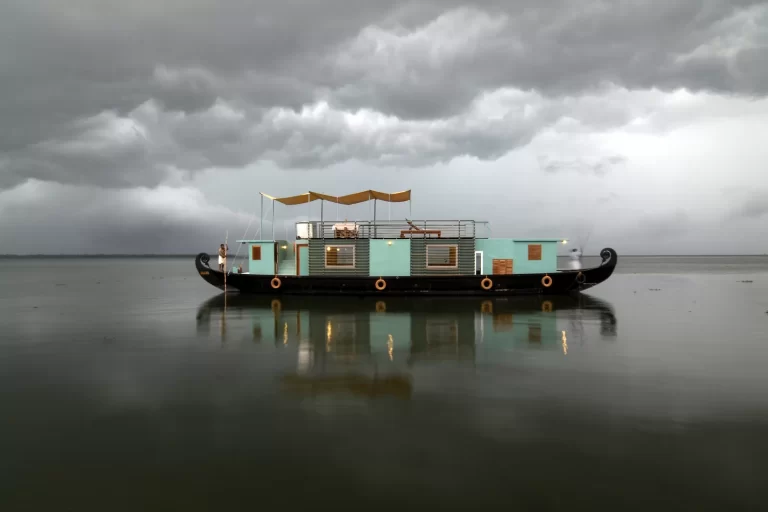Explore the picturesque old city of Fort Kochi (or Fort Cochin) with its churches, fortifications and the atmospheric harbour with Chinese fishing nets. Cochin has long been a cultural melting pot and retains the largest crop of early colonial buildings on the subcontinent, many now converted into boutique hotels. It was the vast Arabian Sea that brought Cochin in contact with countries across Asia, Europe and the Middle East. Cochin offered the best of spices to the world, a reputation that continues to this day. The Chinese and Arabs were believed to have been the first traders to Cochin port, heralding a wave of subsequent visitors, the Portuguese, Dutch and British.
Walking around the streets of Fort Kochi, you’ll discover the imprints of various colonial powers and migrant communities – Lusitanian chapels, Jewish synagogues, Dutch burghers’ houses, Armenian mansions and British bungalows all fight for attention, often with subtle clues carved into doorways, or coat of arms in pilaster.
The Mattancherry Palace is one of the oldest secular Portuguese buildings in India. It represents a fine blend of Indo- European architecture. It was built in AD 1555 by the Portuguese, who presented it to Vira Keralavarma, the local ruler of Cochin State. Around AD 1665, it underwent major repairs at the hands of the Dutch and hence the palace is now popularly known as “Dutch Palace”. The importance of the palace lies in its unique mural paintings (17th century AD) representing the Kerala school of art. Murals in the King’s bedroom which depict mythical scenes from the Raas Leela and the Ramayana are a masterpiece of Keralan painting.
The Chinese fishing nets have been in use since the 14th century. St Francis Church (c. 1510) was the temporary resting place of Vasco da Gama. Jewish merchants and Christian settlers arrived in Kerala with St Thomas the Apostle in 52 AD. In the heart of Fort Kochi’s Jewish Quarter lie the city’s synagogues, the most popular of them is the Paradesi Synagogue, built in 1568 and decorated with hand painted Chinese floor tiles and European glass chandeliers.
Fort Kochi lies next to one of the finest natural harbours in the world. Boats, ferries, coast guard and naval vessels and large ships are often seen here. The city has an excellent water transport system, with comfortable, air-conditioned ferries connecting Fort Kochi with the main land Ernakulam and islands on Lake Vembanad.

